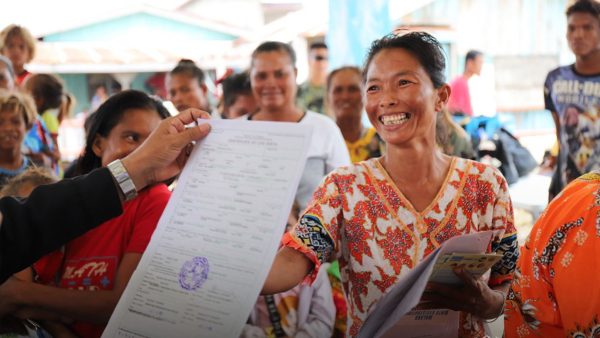
Complete civil registration and vital statistics (CRVS) systems are lacking in many low- and middle-income countries (LMICs), contributing to gaps in mortality estimates which constrain overall health planning, programming, and policy. It's estimated that 36 million babies born each year are not registered, as only about 50% of countries have the capacity to register at least 90% of births. Nearly 40% of the world's deaths are not registered, and only 8% of reported deaths in low-income countries have documented causes. Over the years, a multitude of different initiatives have sought to address these gaps and collect mortality data through household surveys, censuses, and sample registration systems (SRS).
The Bill & Melinda Gates Foundation's Pneumonia and Pandemic Preparedness team engaged the START Center to compare the costs of SRS with other mortality data collection platforms used in LMICs. The first phase of the project sought to identify costing information for different mortality data collection platforms in either Mozambique or Sierra Leone. However, due to costing information being proprietary/not publicly available, and each platform having different use cases, a costing analysis was determined to be infeasible within the project scope. A pivot was made for the team to focus on a comparison of the characteristics and pros/cons of four mortality data collection platforms, including SRS, CRVS, Demographic and Health Surveys (DHS), and Multiple Indicator Cluster Surveys (MICS). This was achieved by conducting 14 interviews with subject matter experts and reviewing 47 peer-reviewed articles and 16 reports.
Results from this project revealed that the scope, scale, and objectives of each platform differs and that this heterogeneity can also extend to how the same platform is structured both within and between countries. Each platform has an important role addressing different needs including health indicator data, cause-specific mortality data, vital statistics registration, and sustainable development goal monitoring. Costs can vary widely across platforms by survey objective, end case, scale, scope, data capture method, and frequency of data collection. This variation impacts both overall and unit costs. Cost data for each platform is seldom available in the literature, from other data sources, and may be proprietary. Informed decision-making would be supported by more comprehensive understandings of platform costs.








